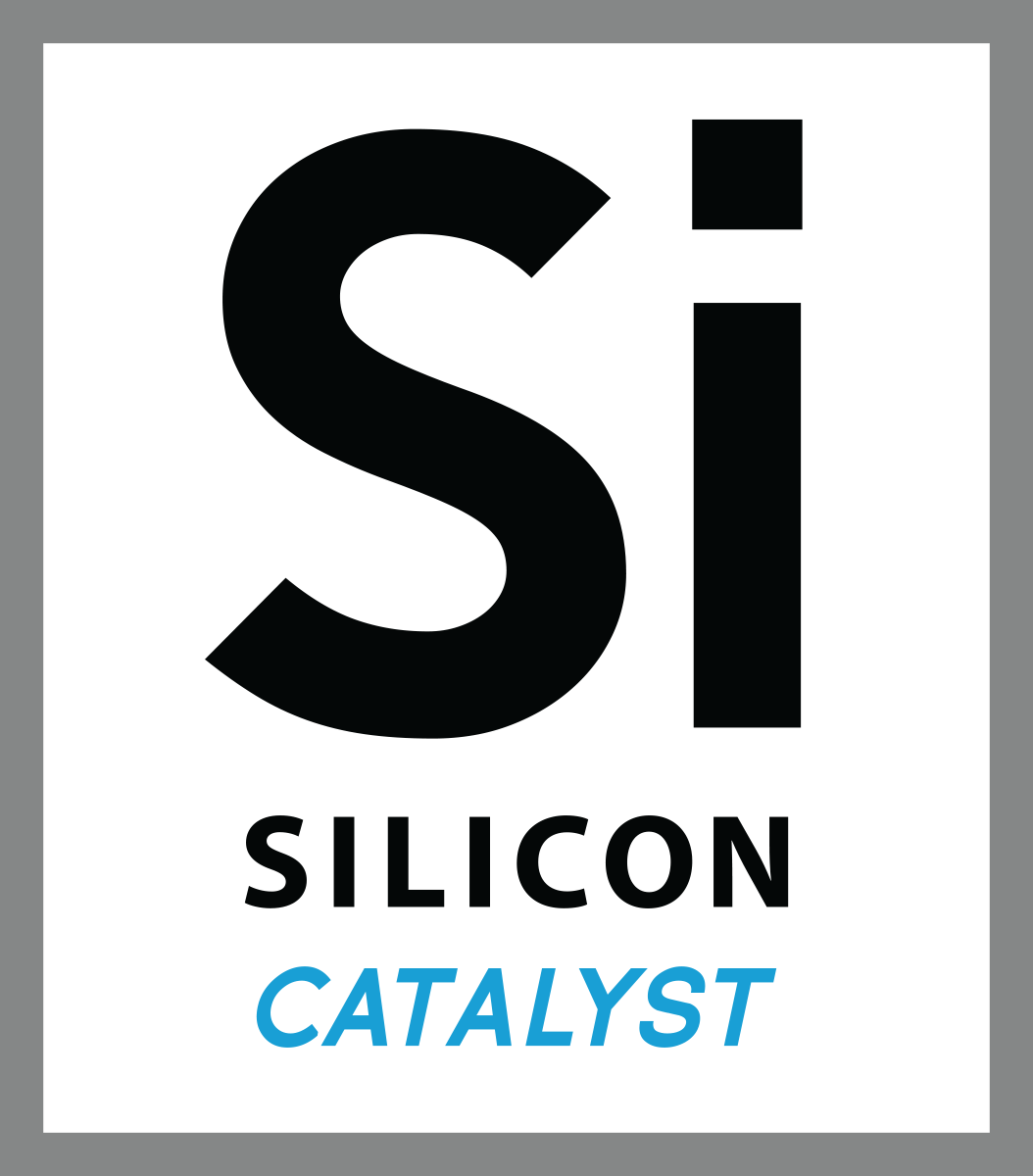Silicon Catalyst Portfolio Company SPARK Microsystems launches ultra-low latency, ultra-low power bi-directional UWB transceiver ICs suited to multi-Mbps data streaming and battery-less sensors
Montréal, Canada – March 18 2020 - SPARK Microsystems today announced the SR1000 series of low power ultra-wide band (UWB) wireless transceiver ICs enabling a new class of short-range wireless connectivity applications, that would previously have needed to be wired due to power and latency requirements including gaming peripherals and AR/VR headsets, smart home devices, and battery-less internet of things sensors. The SR1000 transceiver series offers an extremely low latency symmetrical bi-directional data link coupled with ultra-low power consumption and provides high quality of service in order to support the uninterrupted low power and latency streaming of data.
For an increasing number of applications such as augmented reality peripherals, for example, communications link latency hampers the immersive user experience. Compared to Bluetooth Low Energy (BLE), which typically has an airtime of a few milliseconds causing noticeable latency of tens of milliseconds, the SR1000 UWB transceiver can send 1 kb of data in only 50 µs, yielding significantly shorter wireless latency in a wide range of applications, such as audio streaming. The SPARK transceiver’s power consumption, typically 1nJ / bit, is also significantly lower than BLE, typically 40x lower when operating at 1 Mbps. With a data transfer rate up to 10x higher than BLE, the SR1000 series’ 10 Mbps capability suits content-rich applications, such as video streaming, where high bandwidth low latency links are essential.
Fares Mubarak, CEO SPARK Microsystems, says: “While UWB technologies traditionally focus on indoor ranging and location finding, the SPARK Microsystems SR1000 family expands the use of UWB into ultra-low power and ultra-low latency high Quality of Service communications with data rates up to 20Mbps, while offering Time of Flight positioning at orders of magnitude lower power. This uniquely positions SPARK to help designers overcome the next generation product challenges existing solutions can’t address.”
Unlike other wireless protocols that operate within congested licensed wireless spectra, the SR1000 UWB series operates in the unlicensed 3.1 GHz to 10.6 GHz frequency range using a wide spectrum low power density that is typically -41.3 dBm/MHz. Transmitting at levels that may be perceived as noise to other receivers, the UWB wide spectrum approach greatly aids wireless coexistence, further enhancing the link performance characteristic.
The SPARK Microsystems SR1000 series comprises two pin-identical product variants to accommodate the different regional spectrum allocations; the SR1010 for 3.1 GHz to 6 GHz, and the SR1020 for 6 GHz to 9.5 GHz. SPARK Microsystems’ wide-spectrum UWB transceivers aid product development teams to differentiate their products by enhancing the user experience, requiring less battery changes. The SR1000 series can also be used for a variety of ranging and positioning applications in addition to provisioning a low emissions, low power, low latency symmetrical data link.
A range of evaluation tools, development boards and application-specific reference designs for the SR1000 series are available and aid the rapid prototyping of initial designs.
Sanjay Jha, previously the COO of Qualcomm and CEO of Motorola Mobility and recent addition to the SPARK board of directors says: “The emergence of the ecosystem of the peripheral device around the smartphone has accelerated with the success of headsets, speech interface, gaming, watch, and IoT devices. SPARK has developed and delivered the first truly differentiated solution which allows for predictable and ultra-low latency communication for both the consumer, home and industrial applications.”
Jha continued: “Additionally, it delivers accurate ranging, interference resistance, and enables a trade-off between range and throughput rates. I have been involved in wireless for 30 years, and I am excited about the capabilities the SPARK technology brings to the personal area data connectivity applications.”
Further information on the SPARK Microsystems SR1000 series can be found here.
The SPARK Microsystems SR1000 series is currently sampling and production availability will be in Q3, 2020.
About SPARK Microsystems
SPARK Microsystems is a fabless semiconductor company leading the way towards ultra-low power, ultra-low latency wireless communications. With its patented technologies, SPARK Microsystems delivers order-of-magnitude better latency, power consumption and bandwidth compared to legacy wireless protocols. SPARK technology enables wired applications today to go wireless, and finally allows battery-less sensor nodes for IoT to become a reality. For more information on how to deliver interactive wireless applications far beyond today’s limitations, please visit www.sparkmicro.com.
About Silicon Catalyst
It’s About What’s Next® - Silicon Catalyst is the world’s only incubator focused exclusively on accelerating solutions in silicon, building a coalition of in-kind and strategic partners to dramatically reduce the cost and complexity of development. Close to 300 startup companies have engaged with Silicon Catalyst since April 2015, with a total of 26 startup and early-stage companies admitted to the incubator. With a world-class network of mentors to advise startups, Silicon Catalyst is helping new semiconductor companies address the challenges in moving from idea to realization. The incubator/accelerator supplies startups with a path to design tools, silicon devices, networking, access to funding, banking and marketing acumen to successfully launch and grow their companies’ novel technology solutions.
Companies in the incubator can now also apply for funding at the newly launched Silicon Catalyst Angels group, www.siliconcatalystangels.com


